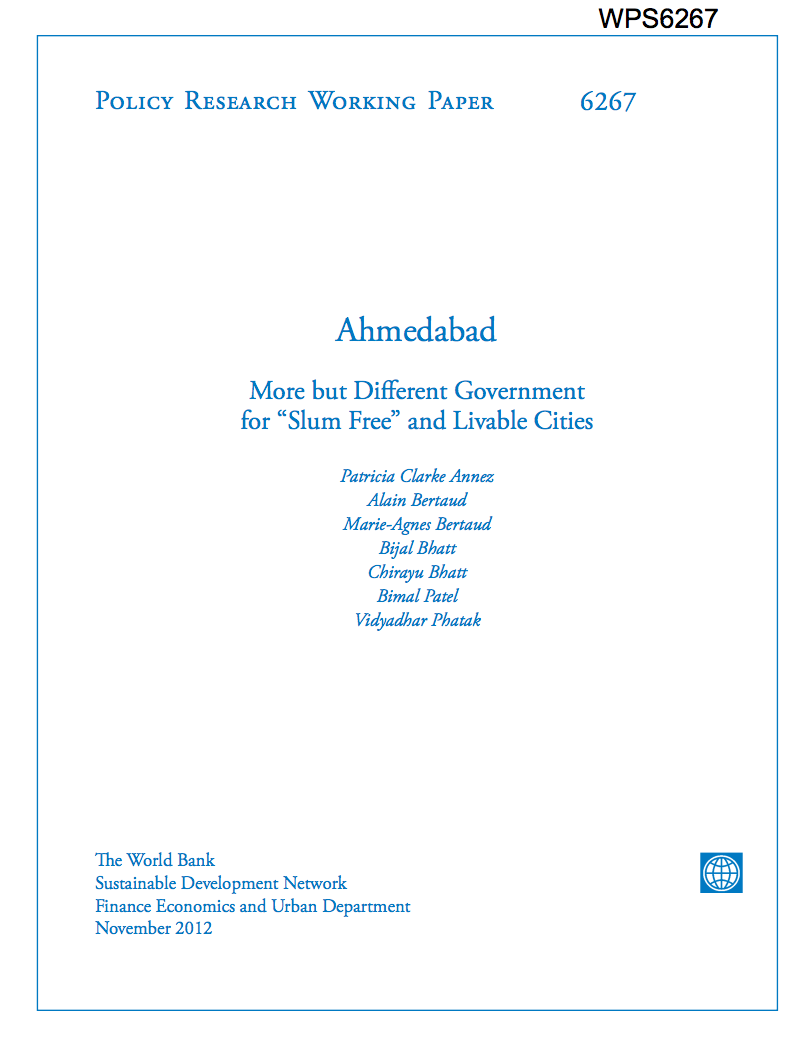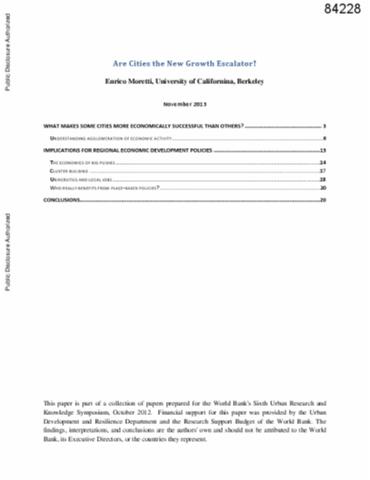Long-Term Mitigation Strategies and Marginal Abatement Cost Curves : A Case Study on Brazil
Decision makers facing abatement targets
need to decide which abatement measures to implement, and in
which order. This paper investigates the ability of marginal
abatement cost (MAC) curves to inform this decision,
reanalysing a MAC curve developed by the World Bank on
Brazil. Misinterpreting MAC curves and focusing on
short-term targets (e.g., for 2020) would lead to
under-invest in expensive, long-to-implement and




